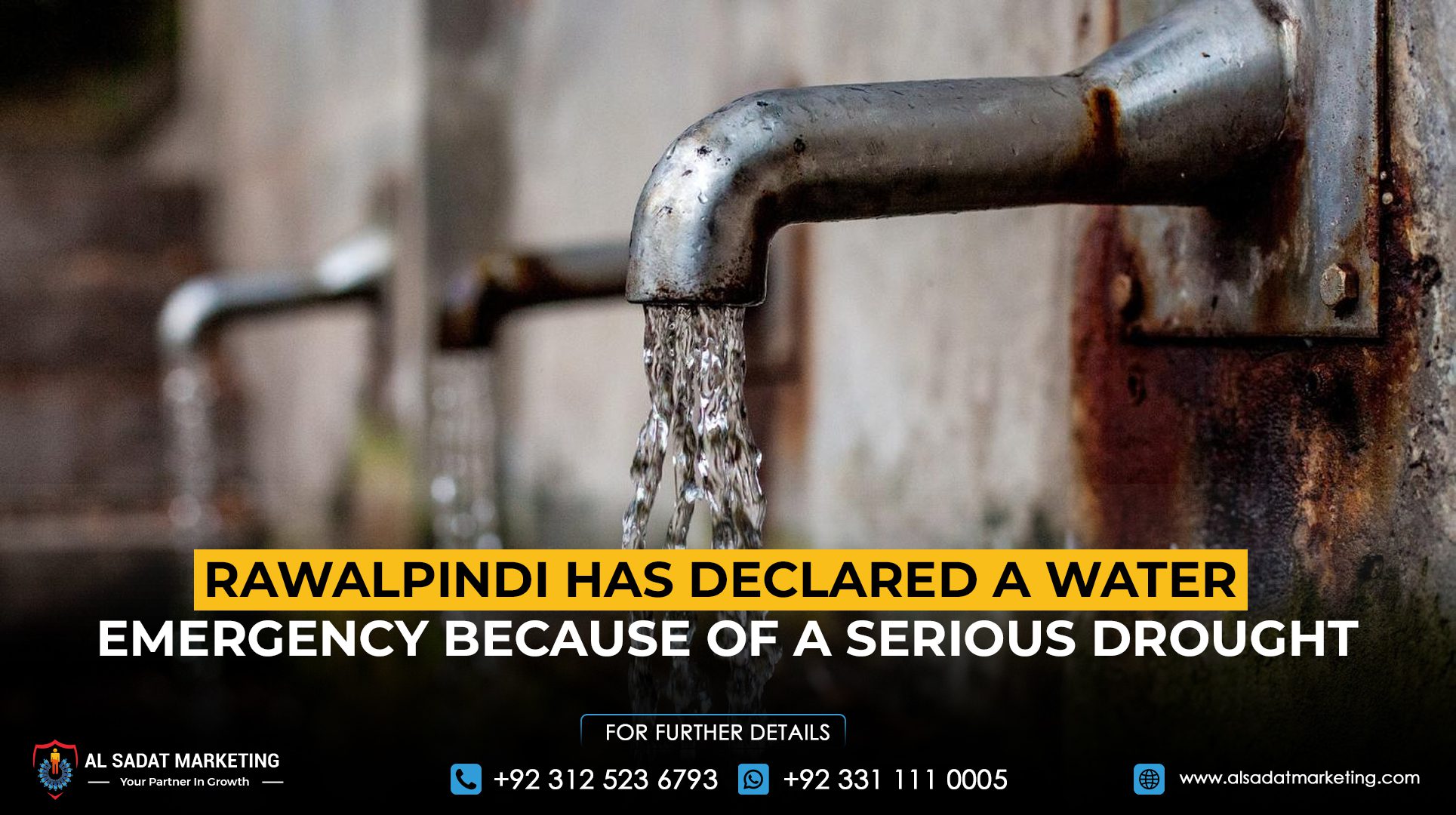Rawalpindi is once again under a water emergency as authorities warn of a deepening water supply crisis due to rapidly depleting dam levels and surging demand. This marks the second time this year the city has been forced to declare such a state, signaling a worsening situation for both residents and officials tasked with managing water resources.
The Water and Sanitation Agency (WASA) reports that Khanpur Dam now holds enough water to last only one month under current usage patterns, while Rawal Dam can meet the city’s needs for up to three months. Daily water demand in Rawalpindi has surged past 50 million gallons, but the system is only capable of delivering around 30 million gallons. This 20 million gallon shortfall is placing extreme pressure on an already strained supply network.
Also Read: Pool or Jacuzzi? What Luxury Buyers Prefer in Vacation Homes
Compounding the crisis is the severe drop in the underground water table, which has now sunk to 650 feet. WASA officials attribute the situation to consecutive periods of below-average rainfall, which have hampered natural water replenishment. As a result, the city has had to rely more heavily on tube wells and other alternative water sources to meet public needs.
Rapid urban growth and increasing commercial activity are intensifying the demand for water, creating an unsustainable balance between consumption and availability. Authorities warn that if the dry weather continues, Rawalpindi could face even more dire shortages in the coming months.
WASA Managing Director Muhammad Saleem Ashraf has called on citizens to actively conserve water and avoid any unnecessary use. He also warned that legal action may be taken against individuals or businesses found wasting water during this critical period. Residents of both Rawalpindi and neighboring Islamabad are being urged to cooperate and take immediate steps to reduce their water consumption.
The water emergency underscores the urgent need for long-term planning and sustainable water management strategies as climate patterns shift and urban demands rise across the region.










